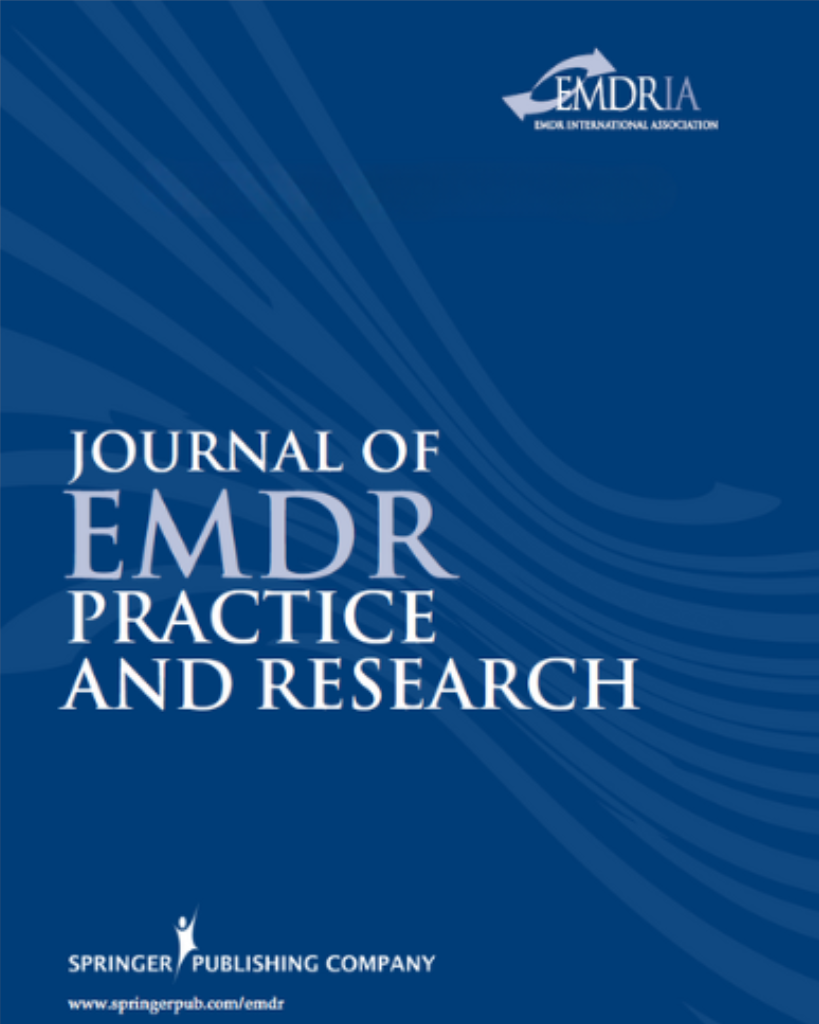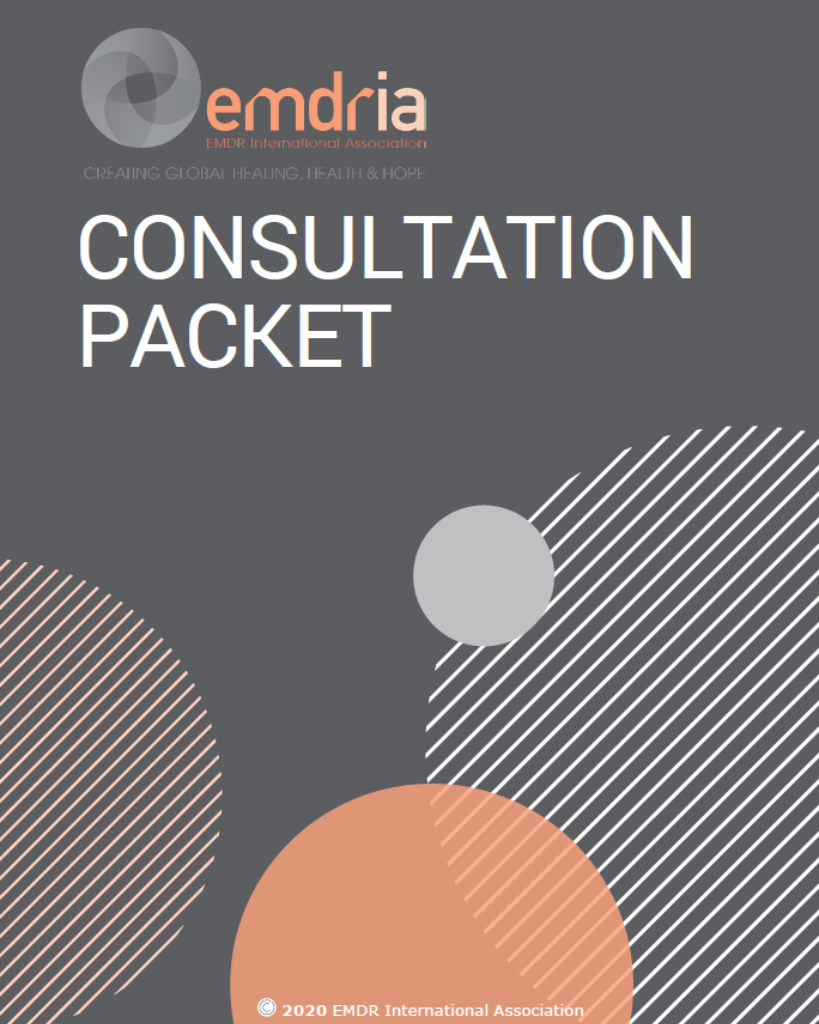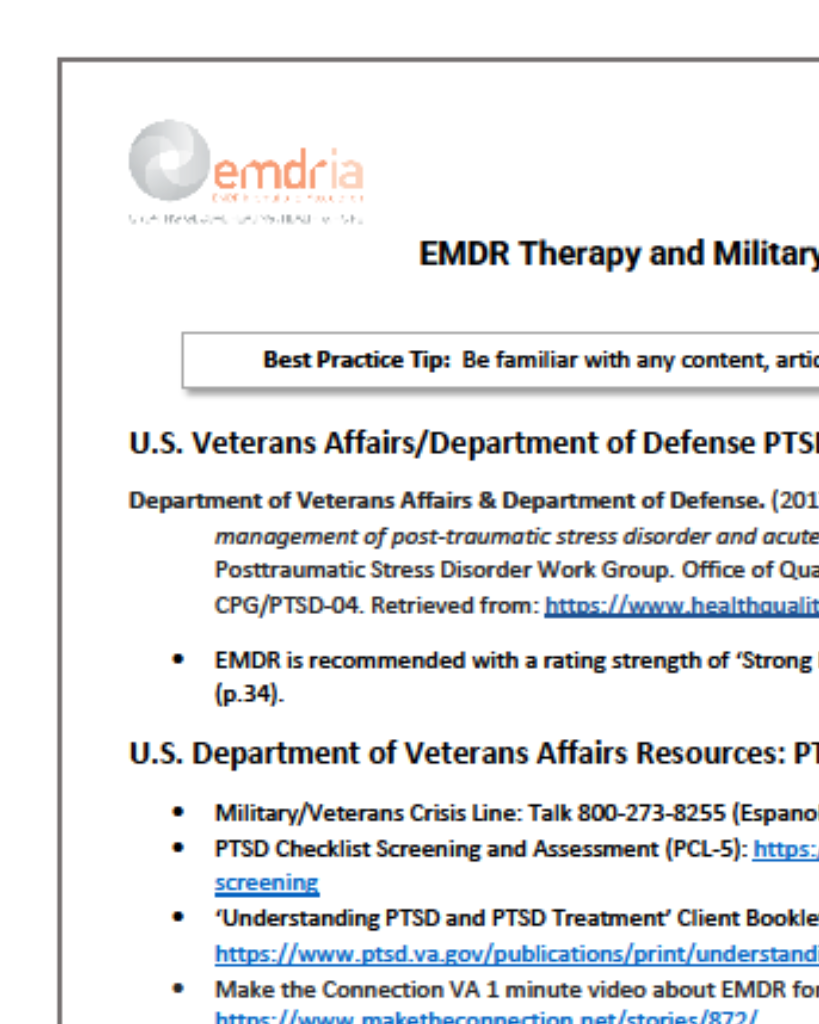The Perceived Effects of Standard and Addiction-Specific EMDR Therapy Protocols
Existing literature on co-occurring PTSD and addictive disorders suggests improved outcomes when both diagnoses are treated concurrently.
Article Abstract
“Existing literature on co-occurring posttraumatic stress disorder (PTSD) and addictive disorders suggests improved outcomes when both diagnoses are treated concurrently. Eye movement desensitization and reprocessing (EMDR) using the 8-phase protocol and standard 11-step targeting sequence has been investigated within integrated treatment models. However, use of newer EMDR addiction-specific protocols (e.g., desensitization of triggers and urge reprocessing [DeTUR], feeling-state addiction protocol [FSAP], craving extinguished [CravEx]) in treatment has been studied less extensively. A qualitative, phenomenological design was employed to investigate the lived experience of 9 participants with co-occurring PTSD and addictive disorders. These participants experienced both standard protocols/targeting sequences and the addiction-specific protocols as part of their treatment. Creswell’s system for interpreting meaning units in qualitative data, based largely on the work of Moustakas, was used to analyze the data gleaned from semistandardized interviews. All participants reported positive outcomes from the combined EMDR approaches; 4 major themes emerged. Participants recognized their trauma and addictions as related. As a result of this insight, their thoughts and addictive behaviors changed. All recognized remission of symptoms of both disorders; EMDR therapy was reported to be effective whether the traumatic symptoms were treated before or after the addictive symptoms. All indicated that integrated treatments (including other supportive services) were optimum for their ongoing recovery. The relationship with the therapist was integral to the overall success of treatment.”
—Description from publisher
Article Access
Open Access
Wise, A., & Marich, J. (2016). The Perceived Effects of Standard and Addiction-Specific EMDR Therapy Protocols. Journal of EMDR Practice and Research, 10(4), 231–244. https://doi.org/10.1891/1933-3196.10.4.231
About the Journal
The Journal of EMDR Practice and Research is a peer-reviewed publication devoted to integrative, state-of-the-art papers about Eye Movement Desensitization and Reprocessing. It is a broadly conceived interdisciplinary journal that stimulates and communicates research and theory about EMDR, and their application to clinical practice. The Journal of EMDR Practice and Research is the Official Publication of the EMDR International Association.
Date
December 1, 2016
Creator(s)
April Wise, Jamie Marich
Topics
Addictions
Extent
14 pages
Publisher
Springer Publishing Company
Rights
Copyright © 2016 EMDR International Association
APA Citation
Wise, A., & Marich, J. (2016). The Perceived Effects of Standard and Addiction-Specific EMDR Therapy Protocols. Journal of EMDR Practice and Research, 10(4), 231–244. https://doi.org/10.1891/1933-3196.10.4.231
Series
10
Installment
4
Audience
EMDR Therapists
Language
English
Content Type
Peer-Reviewed
Original Source
Journal of EMDR Practice and Research
Access Type
Open Access





